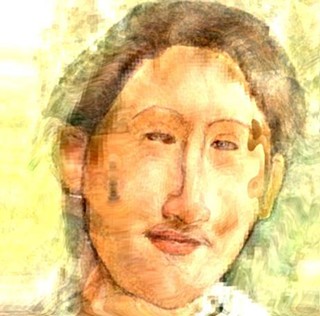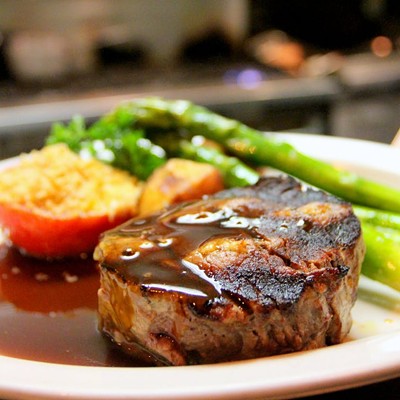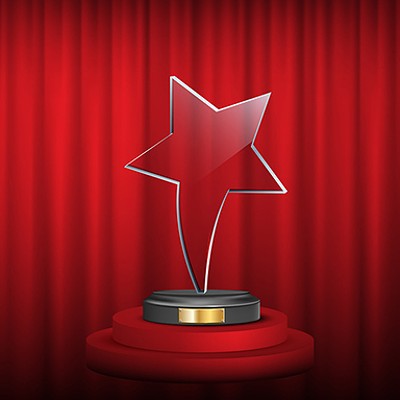For 10 years now, Bloodhut has provided a tremendously valuable forum for exploring what it means to be a woman in contemporary America and for sharing the resulting insights in an artistic way. Named for the place in some less developed cultures where menstruating women gathered to rest and build strength, Bloodhut organizes workshops offering "an open, safe and stimulating environment for personal discovery and expression leading to the creation and sharing of autobiography." (The next series of workshops launches next month; details are at the bottom of this article.)
Some of the workshop material forms the basis of Bloodhut's public performances, which, as Dave Irwin aptly wrote in these pages a couple of years ago, combine "recitation, dance, performance art, encounter group, improvisation, feminist theater, stand-up comedy, confrontation and cabaret."
So I asked Hillman if she could pinpoint the moment in the development of a show when the proceedings are transformed from therapy into art. Implicit in my question was the acknowledgment that what happens on stage is art, but not every Tucson critic agrees, and Hillman suspected I was patronizing her.
She paused a moment, then calmly replied, "This has never been therapy for me. Some people's strength is in improvisation, and others focus on the writing. That's where it starts, not in therapy."
Then she started talking it over with Jan Waterman, a member of Bloodhut's new show, Recipe for Humans: 70 Percent Water. They quickly agreed that there may be something therapeutic about the workshops' intensely personal exercises, but when you attend a Bloodhut performance, you're not eavesdropping on group night at the psych ward.
"In the workshops," said Waterman, "if there's some value in taking what you're doing into a performance piece, you can start working from there. But if it's too troubling, if you're doing it just for yourself, it can't work until you start crafting it for other people."
"It turns into art when you're not just spilling it out," said Hillman.
Waterman added, "You have to translate your experience into something that has value for an audience."
Apparently, the way to theatergoers' hearts is through their stomachs; the skits and monologues in Recipe for Humans will employ cooking as a unifying metaphor.
"It's about family recipes, traditions, legacies, recipes for humanity--it doesn't always have to do with food," said Waterman.
"These are personal stories from people's past," said Hillman, "linked by recipes they associate with some stage in their life, sometimes with family violence but also with reconciliation, transitions in life."
"And there's a lot of silliness to leaven the mixture," said Waterman.
The theme began to emerge in late spring, after the eight participants had already spent a few months talking, writing, improvising, gradually bringing together the pieces of the show.
"Some of it is pretty personal, intense stuff," Waterman noted.
"And now you have to do it in an unsafe environment, with an audience," said Hillman. "These women are so courageous, telling some of the stories they're telling."
Rape, violence and infidelity have figured prominently in past Bloodhut shows. "We've had instances where some people [in the audience] have been so uncomfortable they've had to leave," said Hillman. "If people hear something painful, it may trigger something they haven't dealt with in their own lives.
"But we're irreverent, too. We can poke fun at women's issues." A typical Bloodhut show includes a good amount of parody, satire and sheer goofiness. Yes, some of it is directed at men, but the troupe is careful not to get into male bashing.
"A strong element [of Recipe for Humans], after all, is reconciliation," said Waterman.
"We love for men to see the show and give their energy," said Hillman. "Men's energy is important to us. We're man-friendly!"
Men have made guest appearances in past Bloodhut shows, but this time, as is more common, all eight performers are women--half of them new faces.
Waterman has missed only one production in 10 years, but she's always taken a place in the audience, rather than on stage. Now, as a result of participating in Bloodhut's last Creative Woman workshop, she's ready to make her official Bloodhut debut along with Suzanne Darrell, Lauren Levy and Susan Milici. Returning performers are Marge Hilts, Kimberly Lowry, Eva Tessler and Martie van der Voort.











